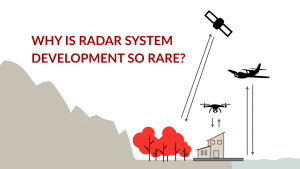
Mapping with Radar: Why So Few Can Do What We Do
Radar has earned a reputation in remote sensing for being among the most powerful and complex technologies to work with. While satellite radar systems have
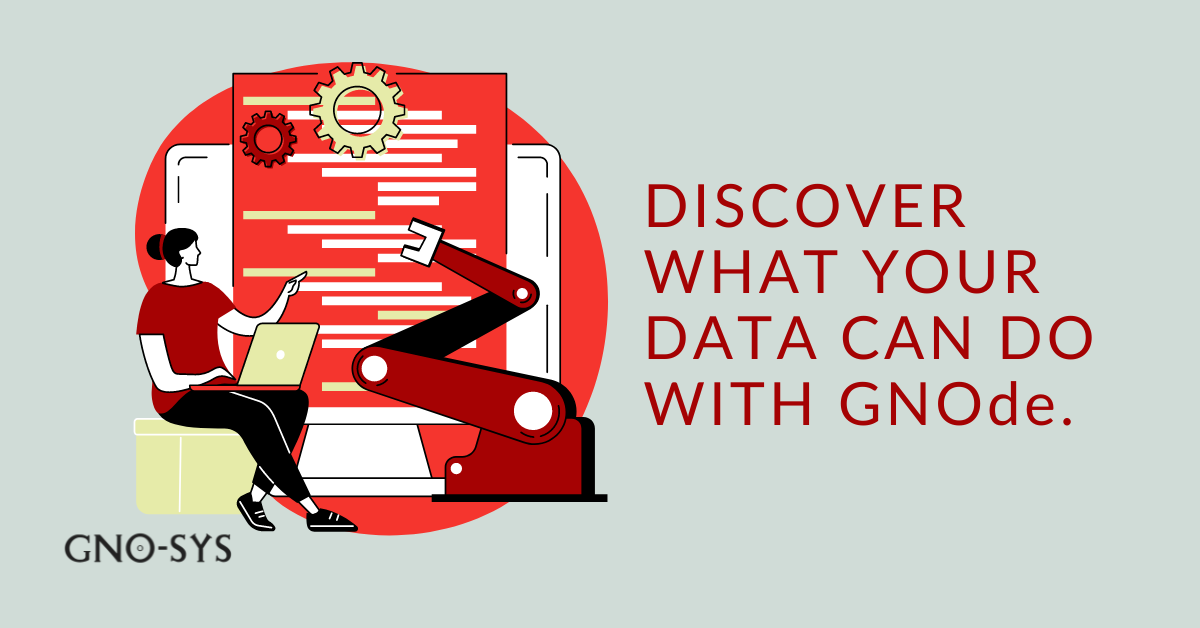
Having a well-thought-out data automation strategy helps to simplify workflows, manage vast datasets, and optimize processes. Our approach emphasizes process mapping and considers key elements: understanding the current process, defining problems, identifying desired outputs, spotting bottlenecks, and optimizing time management. Using GNOde, we create customized workflows and integrate APIs for seamless third-party access, enhancing productivity and decision-making.
As datasets grow in complexity and volume, having an automation strategy is key to unlocking the value from your data. A data automation strategy is a carefully crafted plan designed to automate data processes, making them more efficient and scalable. It streamlines repetitive tasks, manages vast datasets, and ensures data integrity while optimizing workflow efficiency.
While automation inherently simplifies work processes, the strategy behind it is crucial. A well-thought-out automation strategy can benefit all types of datasets and companies managing vast amounts of data by enabling scalability, ensuring efficient data analysis, and maximizing resource utilization. The strategy dictates how to approach datasets and make the analysis process seamless, ultimately improving productivity and decision-making.
We emphasize process mapping to ensure the system covers all your needs and work from first principles to find the best solutions with modern technology. When designing an automation strategy, we consider five key elements to ensure optimal results:
GNOde was designed with these elements in mind. We use customized workflows, enable API integration and third-party access, allowing optimized data processing and scalability. Once we have defined the problem and identified your desired outputs, we use GNOde software, allowing us to create customized workflows that fit the specific needs of your organization and data. This enables the acceleration of routine tasks, from generating datasets to running complex analytics. By automating these repetitive processes, we free up valuable time for your team to focus on more strategic and high-value activities.
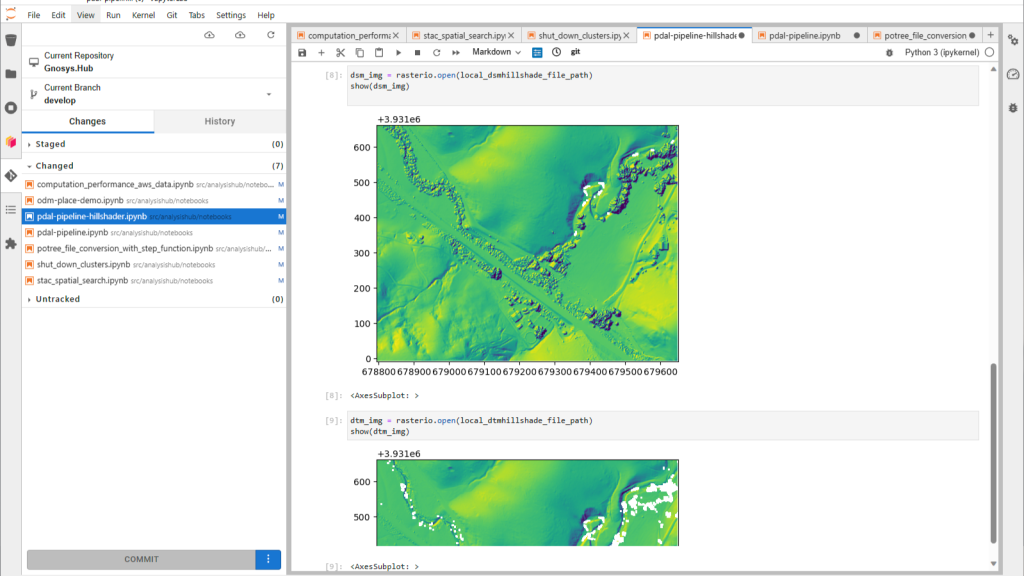
GNOde also allows analytics to be packaged as APIs. This capability allows third-party applications to access and utilize your data analytics seamlessly. By integrating with existing systems and applications, GNOde ensures that your automation strategy enhances rather than disrupts your current workflows.
An automation strategy provides a structured approach to automate data processes, enhancing efficiency, scalability, and data integrity. Our approach focuses on process mapping, assessing five simple yet key elements to ensure each automation strategy is tailored to your specific needs. Using GNOde, we design customized workflows, integrate APIs, and enable seamless third-party access to ensure your automation strategy is both effective and scalable.

Radar has earned a reputation in remote sensing for being among the most powerful and complex technologies to work with. While satellite radar systems have
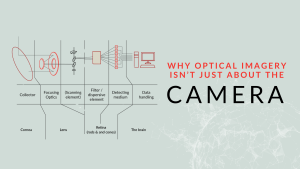
When we set out to develop a high-performance optical imaging system, we start where many do – testing commercial off-the-shelf cameras. The idea was simple:
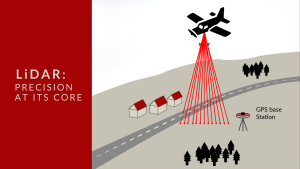
At GNO-SYS, we specialize in engineering LiDAR systems that deliver precise distance measurement and topographic mapping. Currently, our team is engaged in an exciting project to develop a custom LiDAR system tailored for a specialized application.